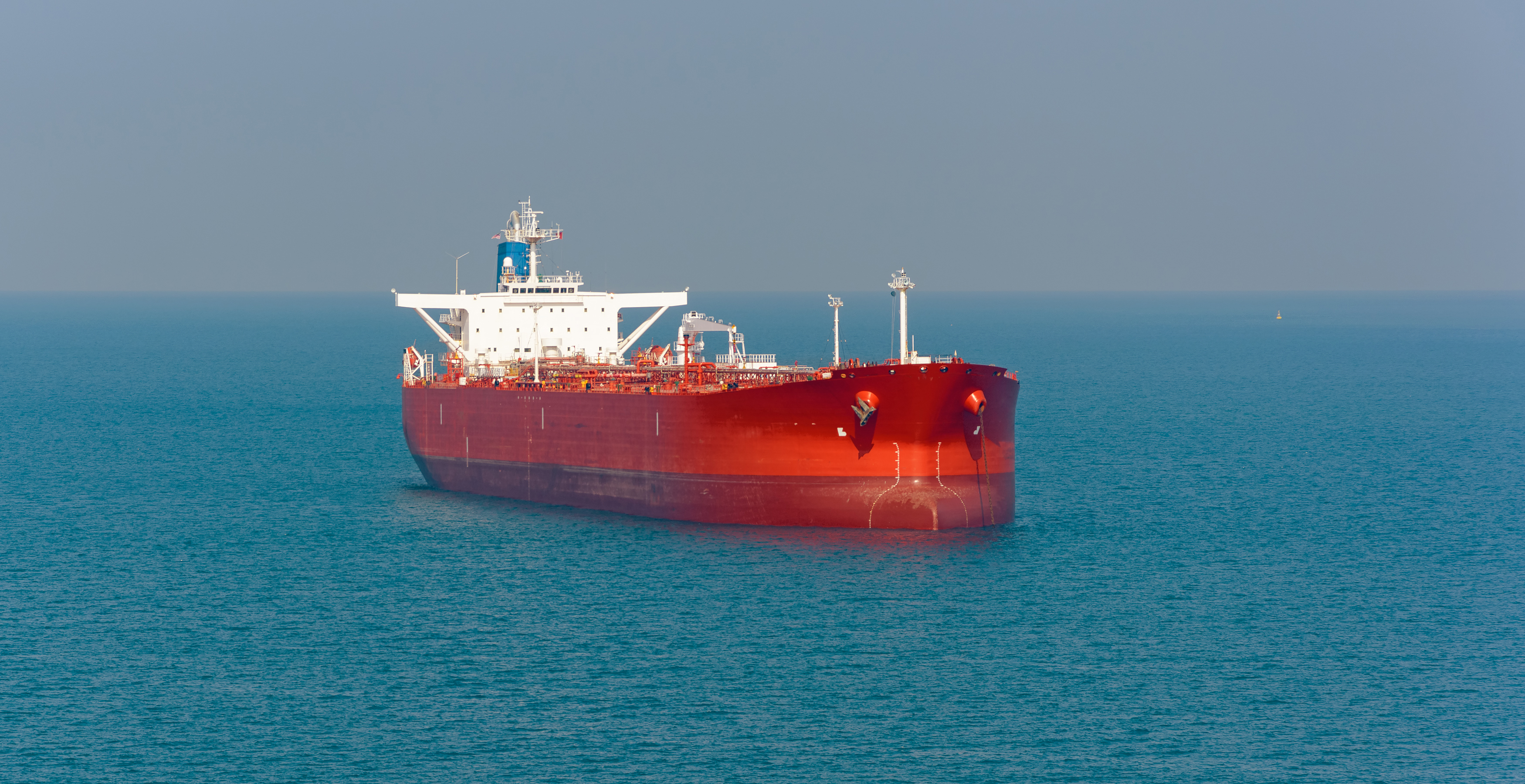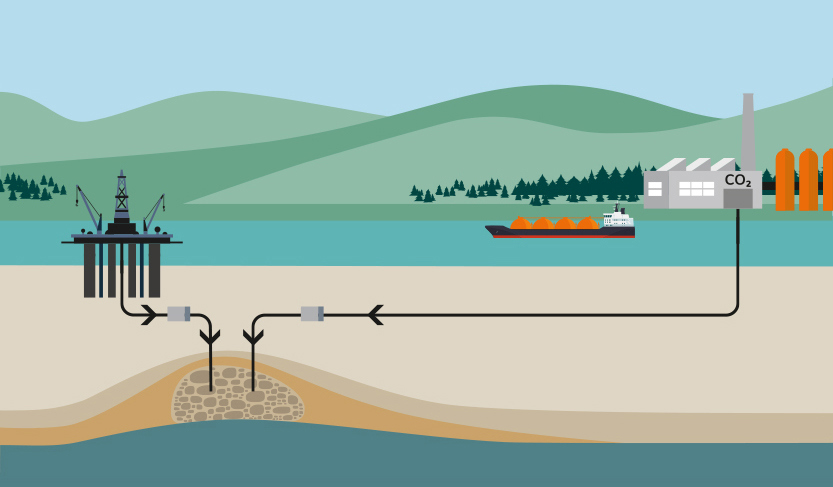With our in-depth experience and a proven track record, we make it uncomplicated to adapt to the fast-growing world of carbon-neutral solutions.


Shipping of liquified CO2
The large quantities of CO2 need to be transported from the capture facilities to the place of storage. Shipping will offer one of the most safe, flexible, and cost-efficient transportation solutions of CO2.
The viable up-scaling of Carbon Capture & Storage, though, will require not only a larger fleet but also larger CO2 carriers and tankers that can collect CO2 from capture sites from industries around the world.
One of the main challenges will be increasing individual vessel’s capacity, allowing more CO2 per transported unit, without introducing new risks. Svanehøj is already part of several upcoming CCS projects and due to extensive experience and proven CO2-technology well prepared for the task.
Accelerating the transition to carbon neutral operations
Carbon Capture & Storage (CCS) can capture up to 90% of the CO2 emissions produced from the use of fossil fuels in industrial processes, preventing it from entering the atmosphere. Together with developments within bioenergy, many experts, including the Intergovernmental Panel on Climate Change, anticipate that CCS even can become a negative emissions technology in the future. This makes CCS one of the most recognized and wanted elements in the reduction of greenhouse emissions. Several large-scale carbon capture facilities already capture around 30 million tons of carbon from fertilizer, hydrogen and natural gas and more than 35 projects are under development, alone in Europe.
An essential advantage of capture and storage of CO2 is the proven technology. Companies have injected CO2 into reservoirs for years. The future challenge is massive up-scaling, commercially viable flexibility and ensuring a global logistics set-up


 LPG Carriers
LPG Carriers
 Product and Chemical Carriers
Product and Chemical Carriers
 LNG and future fuel capable vessels
LNG and future fuel capable vessels
 LNG Carriers and FSRU'S
LNG Carriers and FSRU'S
 Offshore
Offshore
 Land
Land
